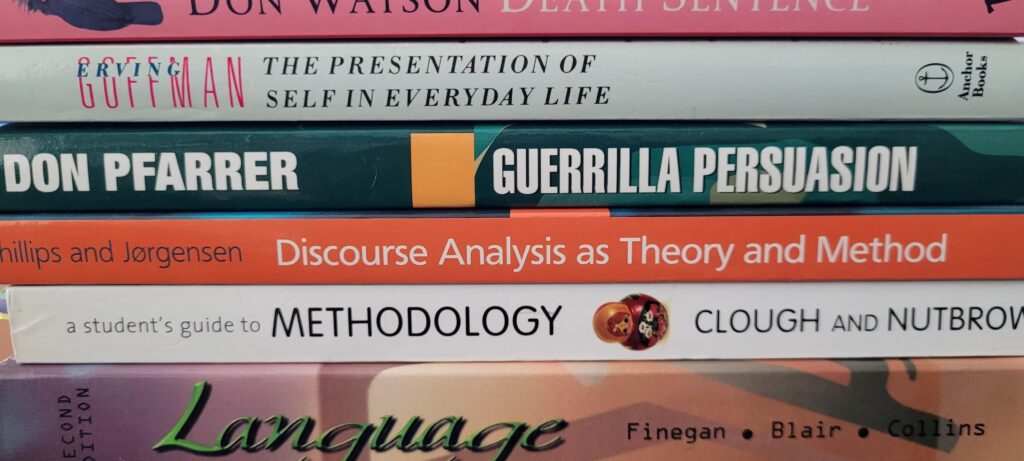
By Dana P Skopal, PhD
Whether you are writing a business case, research document, or university assignment, it is important to persuade your reader with evidence. That evidence needs to be correctly referenced. References allow your reader to see your sources as well as adding credibility to your work. A good argument puts forward information and a point of view that is well grounded, that is, complete with supportive evidence.
If the data are from your experiments and analysis, then ensure your results are correct. If you are bringing in evidence from other sources, then you need to reference those sources. One common citation/reference system is using footnotes, and word-processing software has now simplified the numbering process for you (see the References tab – Insert Footnote – in Microsoft Word). We should be using the information ethically and according to copyright laws. Using the words or ideas of another person in your document and presenting them without clear acknowledgement of the source is called plagiarism.
The details in your references allow a reader to find that material and evaluate it from their perspective. There are different referencing systems such as APA 7th (American Psychological Association) and Chicago. The reference details area based around author, text titles, date of publication and publisher. Referencing a book in APA style looks like:
Author, A. A. (Year). Title of the book (#th ed.). Publisher.
Kimble, J. (2012). Writing for Dollars, Writing to Please: The Case for Plain Language in Business, Government, and Law. Carolina Academic Press.
Writers are taught that if you directly quote from a source, you use quotation marks and you give a reference. What if you copy information from another source? To be a credible writer, you need to acknowledge your source, even if you are paraphrasing the other sources’ information or relying on AI generated summaries. For example, ChatGPT can be used to summarise and paraphrase text, but who then owns that wording? At university, you need to acknowledge how you have used generative AI in your assessments.
If you are giving information or specific data / technical details that you have obtained from an external source, be honest and reference that source appropriately. If we do not ground our argument and refer to our information sources, we may become nothing more than a world of copy-cat writers.
Copyright © Opal Affinity Pty Ltd 2025
